our services
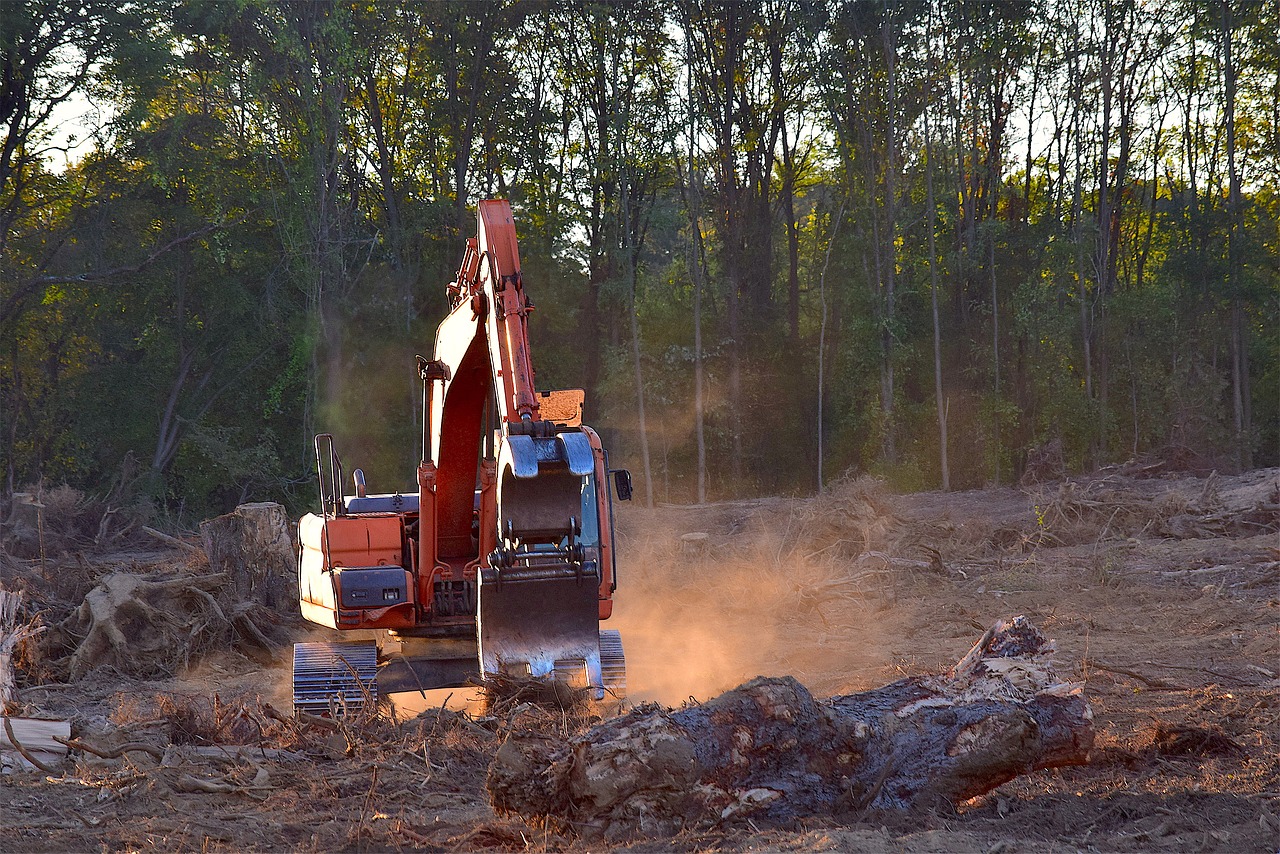
EXCAVATION
Excavation Definition: In its simplest terms, excavation generally means work involving the removal of soil or rock from a building site or area within a site to form an open face, hole or cavity using tools, or machinery. OSHA defines it “as any man-made cut, cavity, trench, or depression in the earth’s surface formed by earth removal.” Most excavation work is done by heavy machinery. Although other equipment can be used, digging typically involves a backhoe, loader, dozer or an excavator. A backhoe has both a rear-mounted digging bucket on a two-part hinged arm and a front shovel-bucket. It is often the only machinery used on small to medium projects. A dozer has tracks with a front blade and sometimes a ripper on the back. An excavator has a bucket, boom and a cab mounted on a rotating platform that sits on tracks like a tank, or it has wheels. Excavators are also known as diggers or sometimes trackhoes.

GRADING
means the movement or redistribution of the soil, sand, rock, gravel, sediment, or other material on a site in a manner that alters the natural contour of the land. When construction takes place on uneven ground, water drainage is an important consideration. If the land has not been graded correctly, water won’t drain properly; instead of being channeled away from the residence building, it could flow toward it. In such a case, during significant rainfall, water would accumulate around the residential building foundation, damage the cinder blocks, wash away the landscape vegetation, and pose a threat of interior flooding and water damage. Because of this, precise and reliable land grading services are crucial to any construction project. It not only assures a solid base on which to build, but it provides effective long-term water drainage and prevents damage to the topography and building.
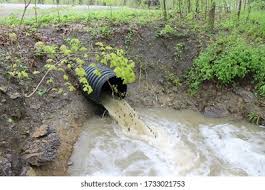

STORM DRAINAGE
A storm drain is a channel or pipe used to carry off rainwater. The term could be used for drains at a home or businesses as well as for the pipes that are part of a city’s drainage system. Trenchless construction is an effective method for installation, repair or cleaning of storm drains. A storm drain is commonly referred to as a storm sewer, surface water drain, or a storm water drain. Stormwater needs to be properly managed to avoid water backup, the flooding of neighborhoods and damage to cars and houses. Storm drains on private property collect water from the storm gutters of a house. This water may be channeled into a larger, city-wide storm drainage system. Street gutters channel rainwater to storm drains at intervals along the sides of streets, just below the sidewalk line.
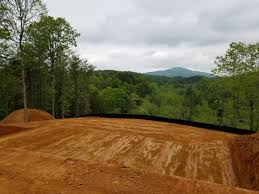
LAND CLEARING
means the uprooting or clearing of vegetation in connection with construction for buildings; right-of-way maintenance; agricultural, residential, commercial, institutional, or industrial development; mining activities; or the initial clearing of vegetation to enhance property value; but does not include routine maintenance or property clean-up activities. means the direct and indirect removal of trees and/or ground cover from any public or private undeveloped, partially developed, or developed lot, public lands or public right-of-way. This shall also include any destructive or inappropriate activity applied to a tree that will result in its death or effectively destroy the tree’s appearance and/or functionality, such as topping.

DEMOLITION
Demolition is the dismantling, razing, destroying or wrecking of any building or structure or any part thereof. Demolition work involves many of the hazards associated with construction. Different steps are involved in the process of demolition of building structures which are: Surveying Removal of hazardous materials Preparation of plan Safety measures
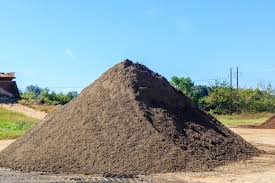
TOP SOIL
is the upper, outermost layer of soil, usually the top 5–10 inches (13–25 cm). It has the highest concentration of organic matter and microorganisms and is where most of the Earth’s biological soil activity occurs. Topsoil is composed of mineral particles, organic matter, water, and air.
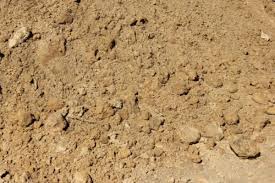
FILL DIRT
Fill dirt is usually subsoil (soil from beneath topsoil) and underlying soil parent material which has little soil organic matter or biological activity. Fill dirt is taken from a location where soil is being removed as a part of leveling an area for construction; it may also contain sand, rocks, and stones, as well as earth. Fill dirt should be as free of organic matter as possible since organic matter will decompose creating pockets of empty space within the fill which could result in settling. Uneven or excessive settling of the fill can result in damage to any structures built on the fill.

ROCKS

CONCRETE DRIVEWAY
Why Love Nature
Your customers just learned what services you offer. Tell them why they should work with you or your team, for example you could highlight your experience and positive client reviews.
The badges illustrate this. We also focus on key benefits they will get while using our services, namely quick turnaround times and dedicated support. You could also use them to show awards you won for your best work.